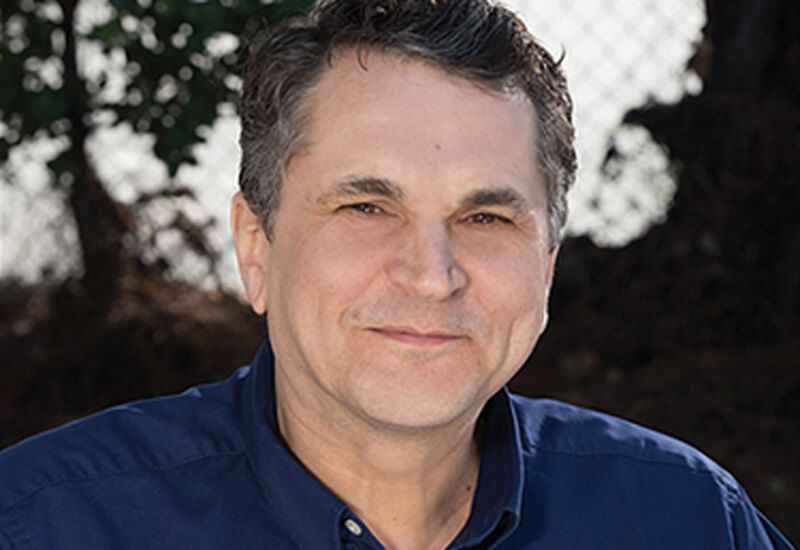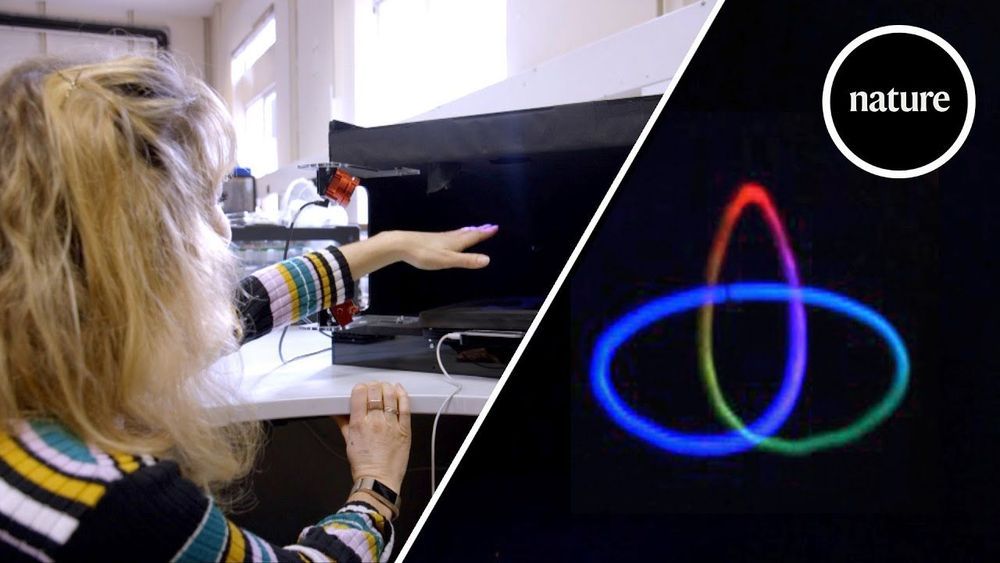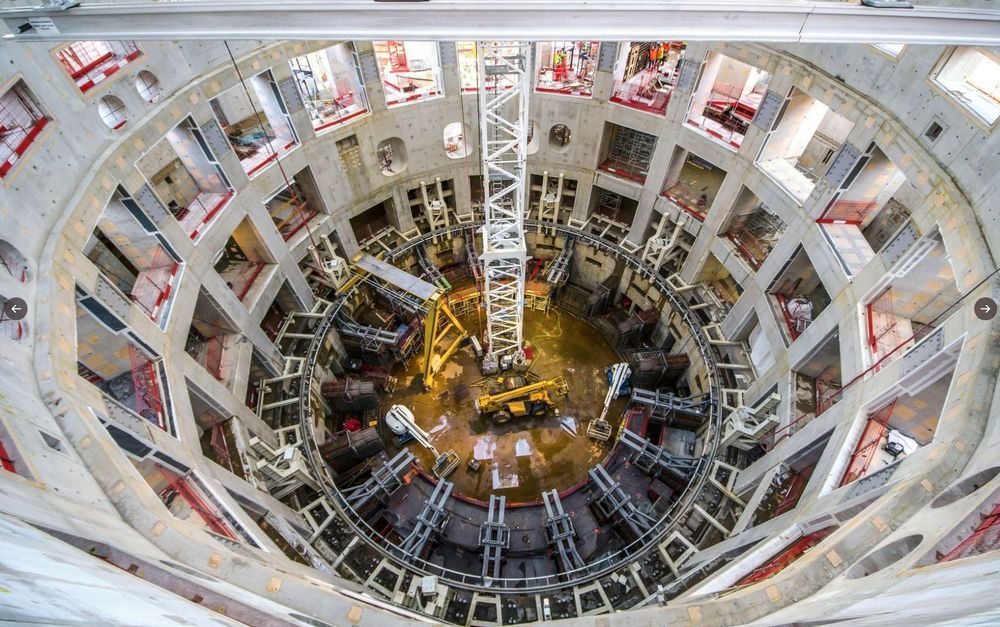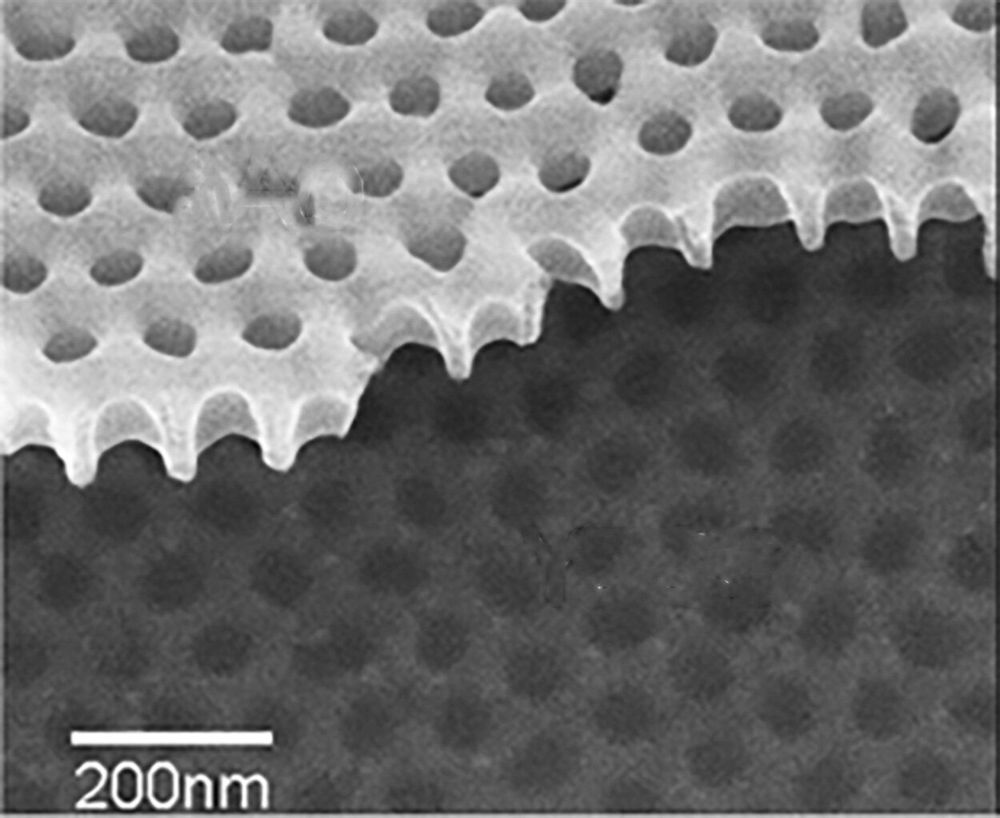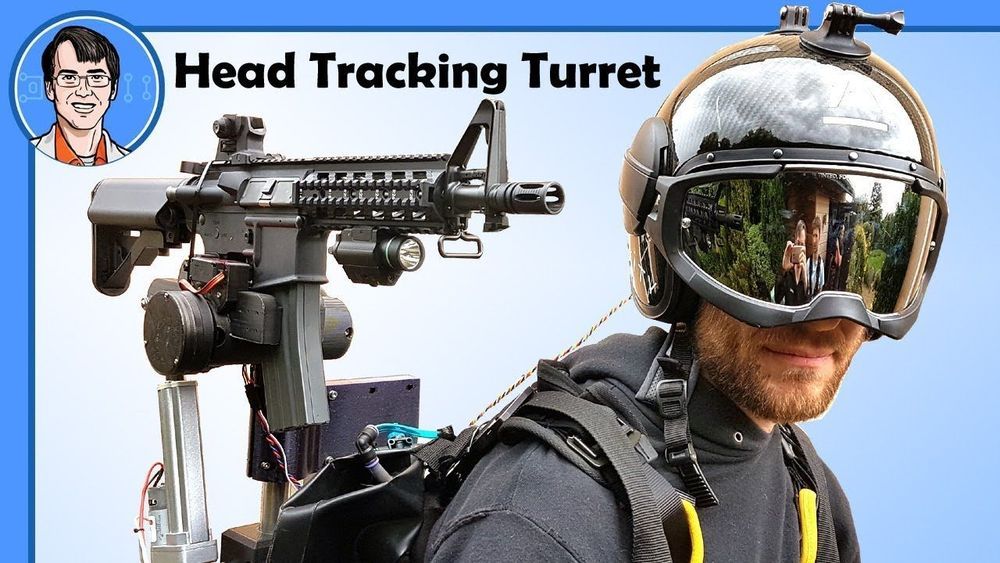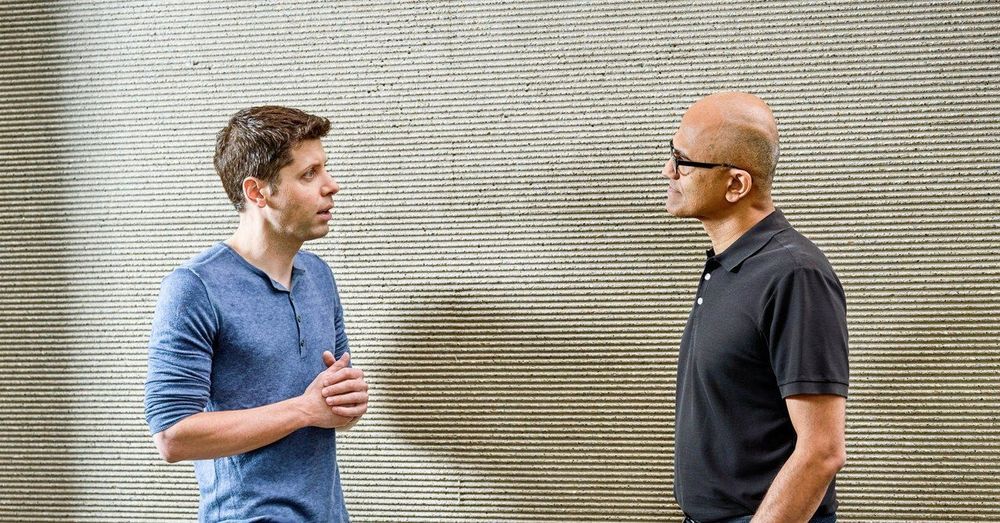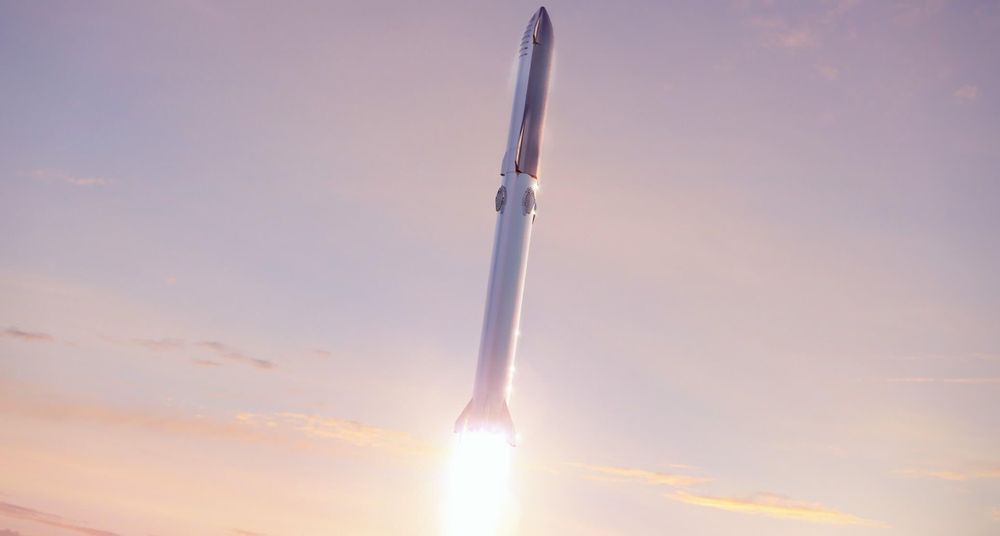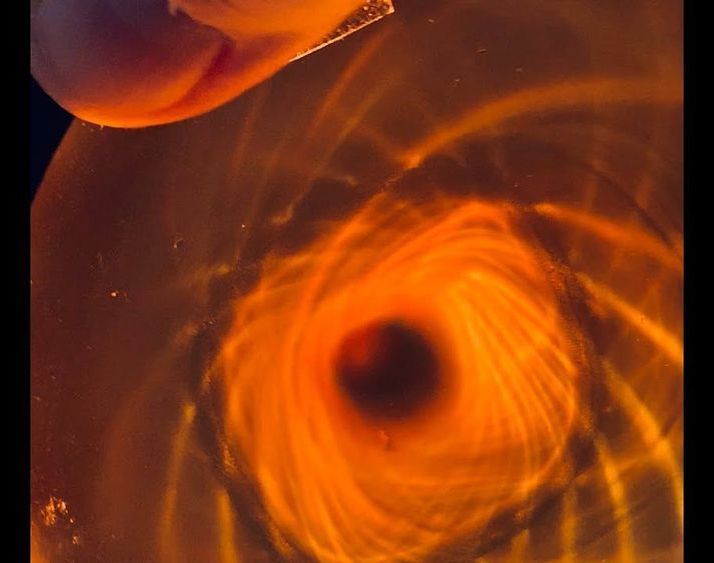MOUNTAIN VIEW, Calif., Nov. 14, 2019 (GLOBE NEWSWIRE) — Underdog Pharmaceuticals, Inc. (Underdog), and SENS Research Foundation (SRF) today announced the launch of Underdog and the completion of its seed round, providing $3.95 million to promote Underdog’s development of disease-modifying treatments for atherosclerosis and other age-related diseases. SRF also announced two senior appointments.
The Underdog round is led by Michael Greve’s Kizoo Technology Capital, part of the Forever Healthy Group and one of the premier organizations focusing on accelerating rejuvenation biotechnologies. It also includes Oculus co-founder Michael Antonov through Tubus, LLC, and financier Harald McPike through Chambray Worldwide, Ltd.
Underdog was built from an SRF flagship program that has driven two years of applied development designed to explore and repair the underlying causes of cardiovascular disease. Its co-founders are Matthew O’Connor, Ph.D. and Michael Kope, formerly the V.P. of Research and the founding CEO, respectively, of SRF.
